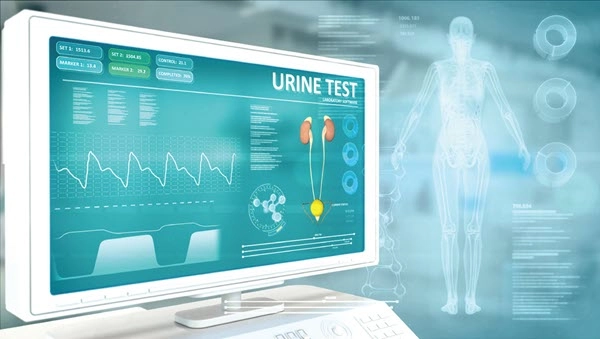Hint: Identify anatomical location to choose correct UTI code.
When your urologist performs a urine culture or urinalysis, always make sure you choose the appropriate ICD-10-CM code to describe the patient’s condition, to submit a clean claim.
Many different signs, symptoms, test results, final diagnoses, and related conditions can lead to the need for urinalysis or urine culture, so your staff should know how to spot the diagnoses that will demonstrate the medical necessity for any tests your urologist may order.
Ask yourself the following questions to keep your urine culture and urinalysis coding up to par.
Mark Down These Codes for Urine Cultures, Urinalysis
Question 1: What are some of the tests my urologist might order for urine cultures or a urinalysis?

Answer 1: When it comes to urine cultures or a urinalysis, you should look to the following codes:
Code Signs and Symptoms in This Case
Question 2: In what situation should I code signs and symptoms?
Answer 2: Your urologist may need to order or perform urinalysis when the patient presents with urinary symptoms that suggest a UTI, but before the patient has a known diagnosis. In those cases, you should code the signs and symptoms your urologist notes as the reason for the test, such as one of the following:
You might also come across a test ordered for a patient with a history of UTIs, which you can code as Z87.440 (Personal history of urinary (tract) infections).
Don’t miss: Most payers won’t cover screening urinalysis or urine culture ordered with a code such as Z11.2 (Encounter for screening for other bacterial diseases).
Remember Anatomical Location Important for UTIs
Question 3: My colleague told me that when it comes to reporting UTIs, we must know the exact location of the UTI to report the correct ICD-10-CM code. Can you explain why this is important?
Answer 3: UTIs go by different names, depending on their location in the body. They typically occur in the kidneys (pyelonephritis), the bladder (cystitis), or the urethra (urethritis). To choose the appropriate diagnosis code, you’ll need to know the specific site and which ICD-10 code describes that type of UTI. Choices you have include the following:

Pay attention: Because the N99 codes are complication codes, they require physician documentation and confirmation of a cause-and-effect relationship between any specified procedure and the complicated condition.
Follow Expert Advice for Choosing Appropriate UTI Code
Question 4: Choosing the right UTI ICD-10-CM code has been challenging for me. Can you give me some tips about how to make sure I pick the appropriate code?
Answer 4: Here are two helpful tips for how to choose the appropriate option from the UTI codes mentioned in Question 3, says Chelle Johnson, CPMA, CPC, CPCO, CPPM, CEMC, AAPC Fellow, billing/ credentialing/auditing/coding coordinator at County of Stanislaus Health Services Agency in Modesto, California.
Tip 1: You need to remember the difference between acute (sudden, short-term) and chronic (persistent). For instance, if the patient has acute cystitis, you’ll report N30.0- (Acute cystitis), but if the patient’s cystitis is chronic, you’ll report N30.1- (Interstitial cystitis (chronic)) or N30.2- (Other chronic cystitis). Johnson says.
Tip 2: Based on the ICD-10 note accompanying N30 and N34, you will need to use an additional code from B95 (Streptococcus, Staphylococcus, and Enterococcus as the cause of diseases classified elsewhere)-B97 (Viral agents as the cause of diseases classified elsewhere) to identify the infectious agent, if applicable. The infectious organism identification will depend on the results of a lab test such as a urine culture (87086, 87088) for presumptive identification or 87077 (Culture, bacterial; aerobic isolate, additional methods required for definitive identification, each isolate) for definitive identification, Johnson says.
Be Aware of Urine Culture NCD
Question 5: Is there National Coverage Determination (NCD) for urine culture codes 87086 and 87088?
Answer 5: Yes. CMS has issued a National Coverage Determination (NCD) for urine culture codes 87086 and 87088 for coverage and non-coverage of the tests.
Clinicians often order a urine culture in response to abnormal urinalysis findings indicated by ICD-10 codes such as R31.1 (Benign essential microscopic hematuria), R80.- (Proteinuria), or R82.71 (Bacteriuria). But physicians may also order urine culture as the initial test, with medical necessity indicated based on specific signs and symptoms such as those discussed in Question 2.
